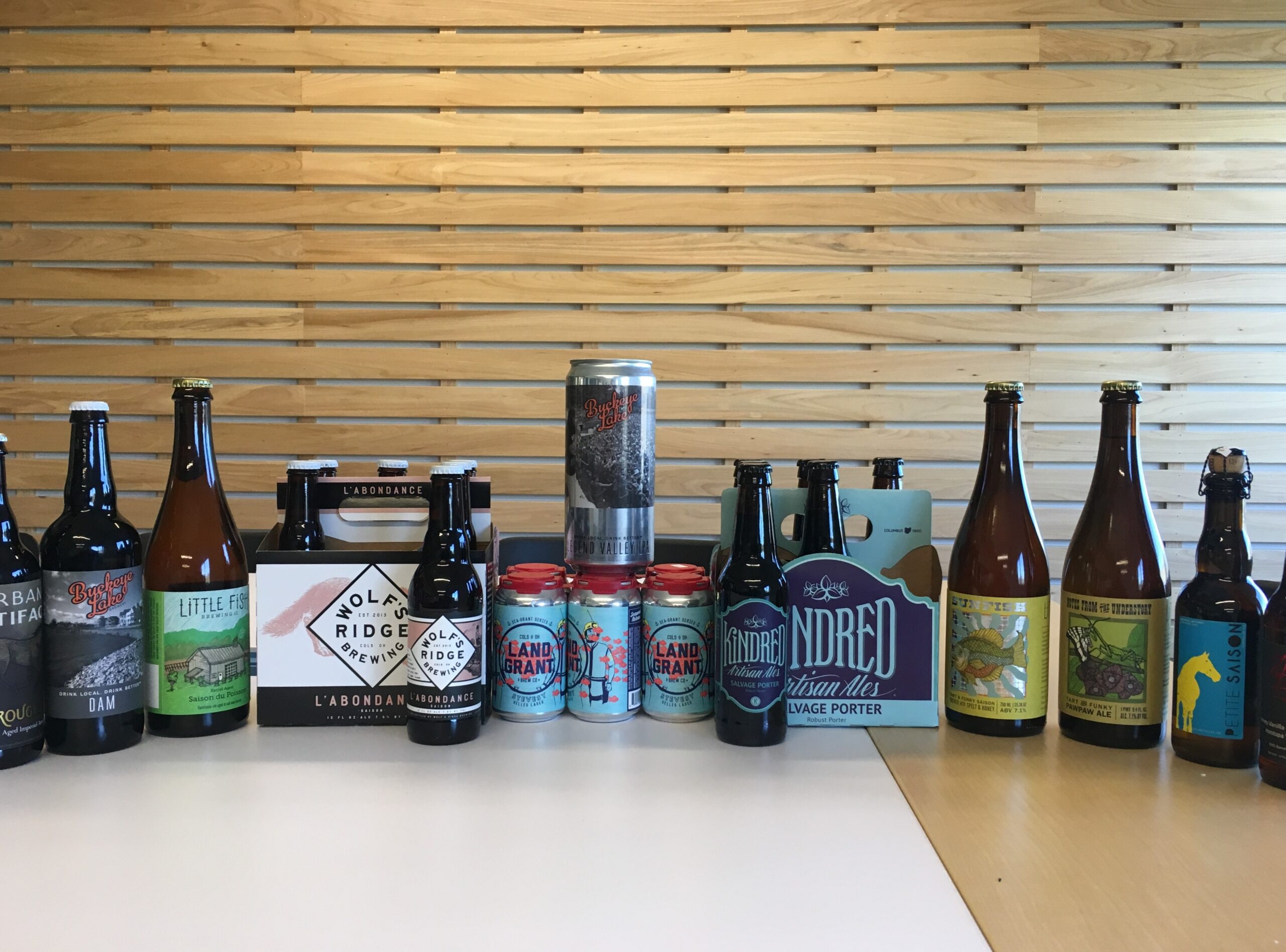Breweries in Galveston Texas: Neighborhood Craft Beer Adventures
Breweries in Galveston Texas: Neighborhood Craft Beer Adventures
Blog Article
Grasping the Craft of Purification: a Deep Study Distillery Traditions
Checking out the elaborate art of purification introduces a globe soaked in time-honored practices that have shaped the spirits we take pleasure in today. From the old origins of distillation strategies to the modern development of distillery tools, each step in the procedure brings with it an abundant tapestry of background and experience. As we delve right into the delicate equilibrium of contemporary versus traditional distilling techniques and uncover the relevance of key components, a much deeper understanding arises of the profound effect distillery traditions have on the spirits we relish.
Origins of Purification Strategies
The growth of purification techniques has an abundant background that traces back to old civilizations. The concept of dividing parts based on their different boiling factors laid the foundation for the innovative purification procedures we have today.
The earliest proof of distillation dates back to around 3000 BC in Mesopotamia, where clay pots were made use of to distill perfumes and aromatic oils. The Egyptians better progressed these strategies, using distillation for medicinal objectives and embalming practices. The Greeks, especially figures like Aristotle and Hippocrates, added to the theoretical understanding of purification.
With time, purification spread to regions like India, China, and the Center East, each society adding its special touch to the craft. The evolution of purification methods proceeded with the Middle Ages and the Renaissance, eventually bring about the diverse selection of distillation processes utilized in modern-day distilleries worldwide.
Advancement of Distillery Tools

With innovations in modern technology and a deeper understanding of the distillation procedure, modern-day distilleries currently use a selection of sophisticated equipment to create spirits of the best quality. Today, distillation devices includes column stills, reflux stills, and hybrid stills, each designed to provide to details distillation requirements. These modern stills use much better temperature level guideline, boosted distillation accuracy, and higher performance in dividing alcohol from impurities.
Along with stills, distilleries now utilize sophisticated condensers, fermenters, and filtration systems to more improve the extract. The evolution of distillery tools remains to play an important duty fit the diverse variety of spirits available in the market today.
Standard Vs. Modern Distilling Practices
On the other hand, modern-day distilling practices leverage sophisticated innovation and development to streamline manufacturing processes and boost consistency. Automated systems, digital controls, and modern equipment allow modern distilleries to generate spirits much more efficiently and with better precision.
While traditional distilling techniques are cherished for their heritage and the one-of-a-kind tastes they generate, contemporary approaches use benefits in terms of scalability, quality assurance, and sustainability. By including clinical advancements and contemporary engineering, distillers can optimize manufacturing, decrease waste, and satisfy the demands of today's market more efficiently. Ultimately, the option between modern-day and typical distilling techniques commonly depends upon the distillery's objectives, worths, and target audience.
Secret Components in Distillation Refine
Within the craft of distillation, the option of essential active ingredients plays an essential function in identifying the taste account find more and quality of the spirits generated. The primary ingredients used in the purification process are generally water, yeast, and a fermentable source such as grains, fruits, or sugarcane.
Water is a basic part as it not just thins down the alcohol web content to a tasty degree yet also influences the total mouthfeel and structure of the spirit. The quality and mineral material of the water made use of can substantially impact the end product.
Yeast is an additional vital active ingredient that transforms the sugars present in the fermentable resource into alcohol through the procedure of fermentation. Various pressures of yeast can create differing aromas and tastes, contributing to the distinct features of the spirit.

Effect of Distillery Traditions on Spirits
The influence of historical distillery customs on spirits prolongs past the choice of key ingredients, forming the extremely significance and character of the last distilled products (Galveston Liquor). These traditions, passed down via generations, play a crucial role in specifying the distinct taste accounts and high qualities that distinguish one spirit from another
Distillery customs incorporate a wide array of methods, from the specific strategies utilized in distillation to the option old procedures used. For instance, making use of typical copper pot stills in scotch production is believed to impart specific tastes and characteristics that are highly valued by aficionados. Likewise, the aging of spirits in oak barrels, a method deeply rooted in distilling practices, contributes to the advancement of complex aromas and tastes over time.
Final Thought
Finally, the practices of purification have an abundant history that has evolved with time. From the origins of purification strategies to the modern practices, the effect of distillery traditions on spirits is indisputable. By comprehending the vital active ingredients in the purification process and the development of distillery tools, one can appreciate the craftsmanship and artistry that enters into producing high-quality spirits. Distillery practices play click here for more a crucial duty fit the spirits sector and maintaining the heritage of distillation methods.
Throughout the history of distillation, the tools made use of in distilleries has gone through substantial development to boost efficiency and why not look here quality of the distillation process.With improvements in innovation and a deeper understanding of the distillation process, modern distilleries now use a range of innovative devices to create spirits of the highest possible high quality. Today, distillation equipment includes column stills, reflux stills, and crossbreed stills, each designed to cater to specific purification requirements. From the beginnings of purification methods to the modern-day techniques, the effect of distillery traditions on spirits is undeniable. Distillery practices play a crucial duty in shaping the spirits sector and protecting the heritage of purification methods.
Report this page